Aβ Induced Neurotoxicity Assay
Amyloid beta (Aβ or Abeta) is the main component of the senile plaques which is considered as one of the major pathological hallmarks of Alzheimer's disease (AD). Aβ presents in different assembly forms including monomers, oligomers, and fibrils. Among them, Aβ oligomers were shown to play a crucial role in neurotoxicity associated with the progression of AD. In which, Aβ1-42 oligomers seem to be more toxic than Aβ1-40, and exhibit a higher propensity to form fibrils in vitro.
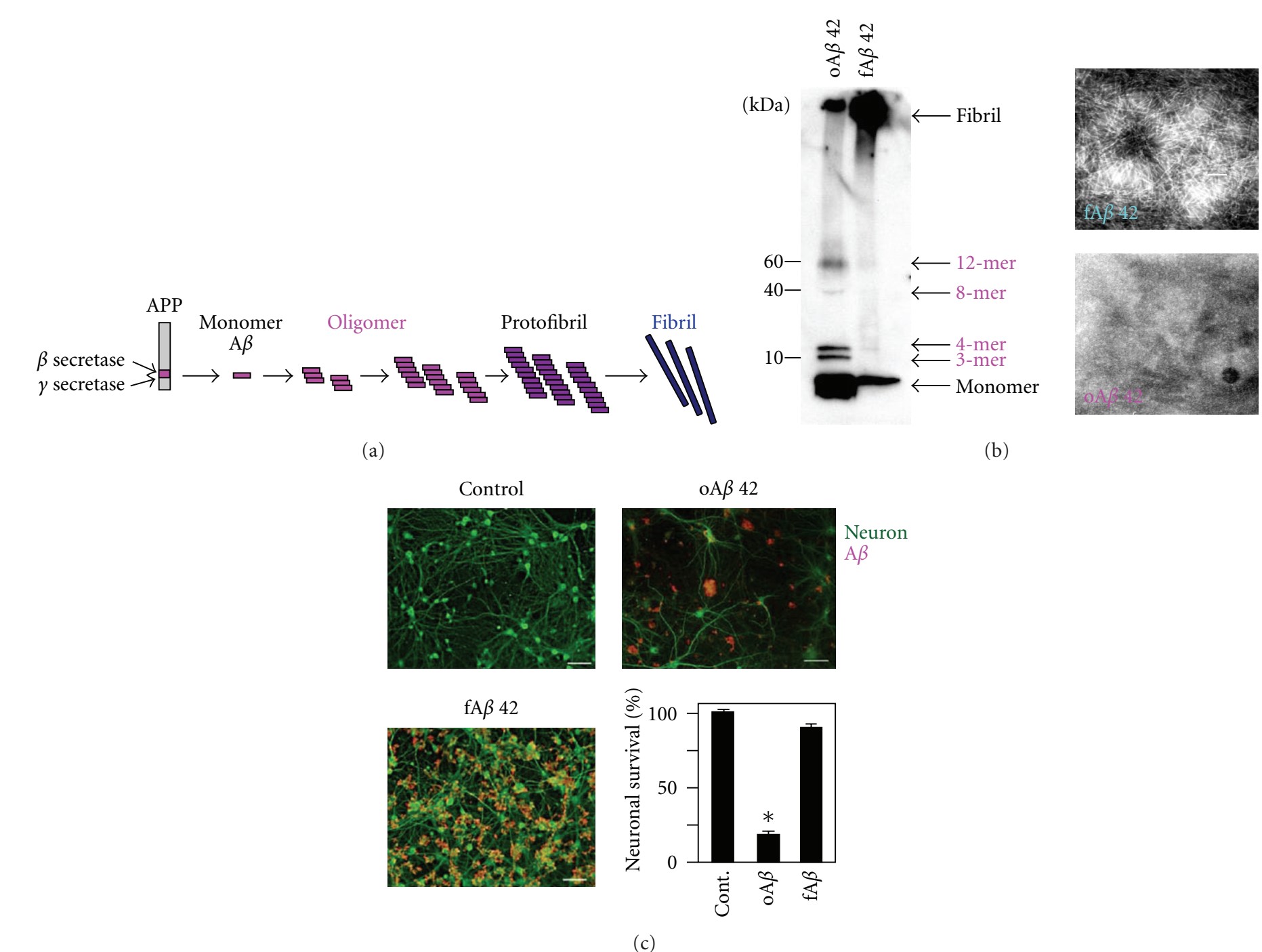 Figure 1 Aβ neurotoxicity. Administration of 5 μM oligomeric Aβ (oAβ42) to cortical cultures induces significant neuronal death. In contrast, administration of fibrillar Aβ (fAβ42) does not induce neuronal cell death, although Aβ deposition is observed on dendrites.
Figure 1 Aβ neurotoxicity. Administration of 5 μM oligomeric Aβ (oAβ42) to cortical cultures induces significant neuronal death. In contrast, administration of fibrillar Aβ (fAβ42) does not induce neuronal cell death, although Aβ deposition is observed on dendrites.
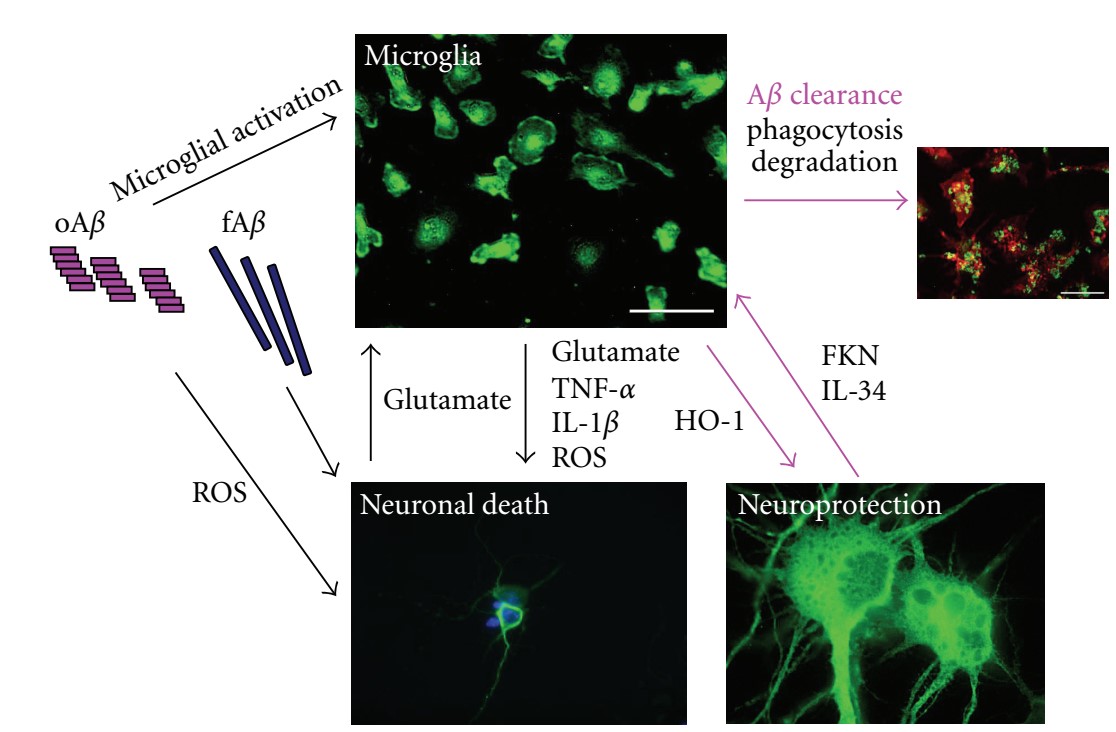 Figure 2 Aβ toxicity in neurons and microglia
Figure 2 Aβ toxicity in neurons and microglia
Aβ1-42 oligomers-induced neurotoxicity in primary neurons or several cell lines is an important AD in vitro model. Creative Bioarray offers development of custom designed in vitro models by using primary neuronal cultures, cell lines, iPS cells with genetic modifications, which are phenotypically closer to the adult neuronal network and mimic the development of AD. These in vitro models are capable of providing a rapid screening of the neuroprotective potential agents for the treatment of AD.
We provide this powerful and versatile tool for developing AD therapy as well as basic research to help our customers understand more about the underlying mechanisms of the progression of AD.
Study Examples
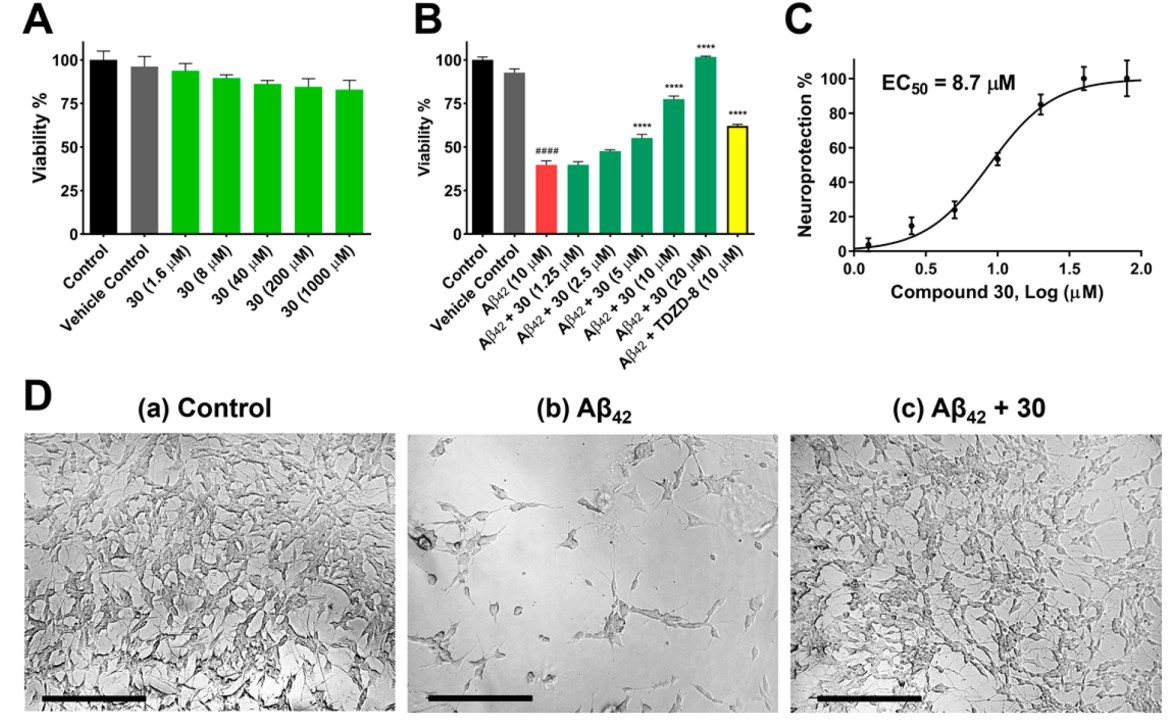 Figure 3 Compound 30 alleviates Aβ42 induced neurotoxicity in SH-SY5Y cells.
Figure 3 Compound 30 alleviates Aβ42 induced neurotoxicity in SH-SY5Y cells.
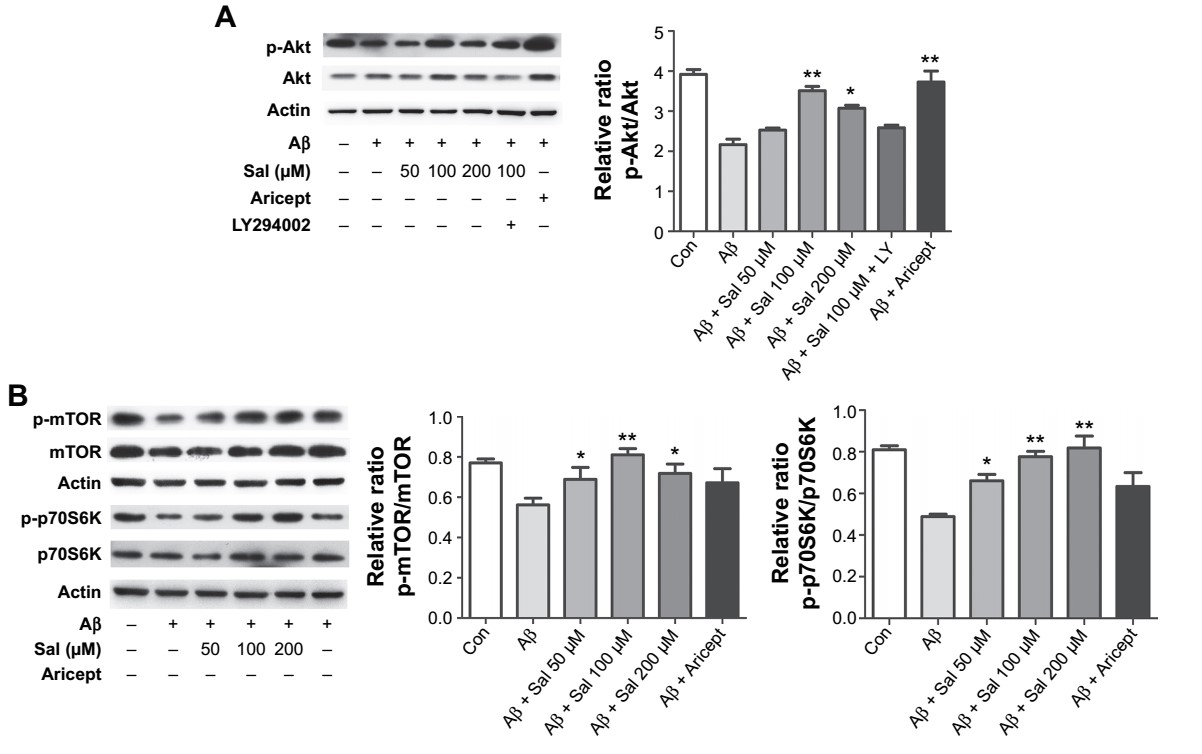 Figure 4 Salidroside (sal) inhibits Aβ-induced neurotoxicity by activating the Akt/mTOR/p70S6K pathway in primary cultured cortical neurons.
Figure 4 Salidroside (sal) inhibits Aβ-induced neurotoxicity by activating the Akt/mTOR/p70S6K pathway in primary cultured cortical neurons.
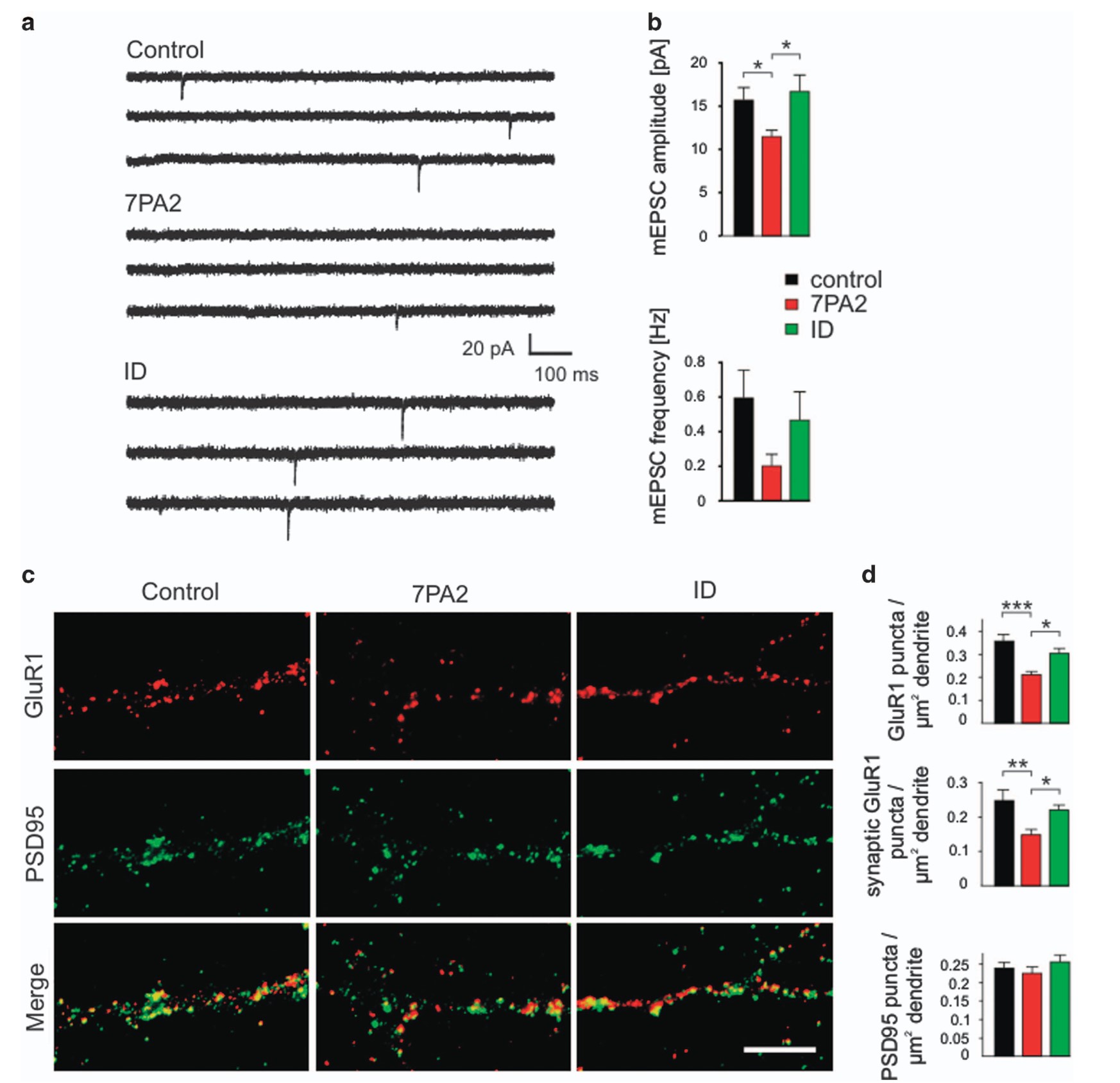 Figure 5 Aβ induced synapse damage in human iPSC-derived cortical neurons.
Figure 5 Aβ induced synapse damage in human iPSC-derived cortical neurons.
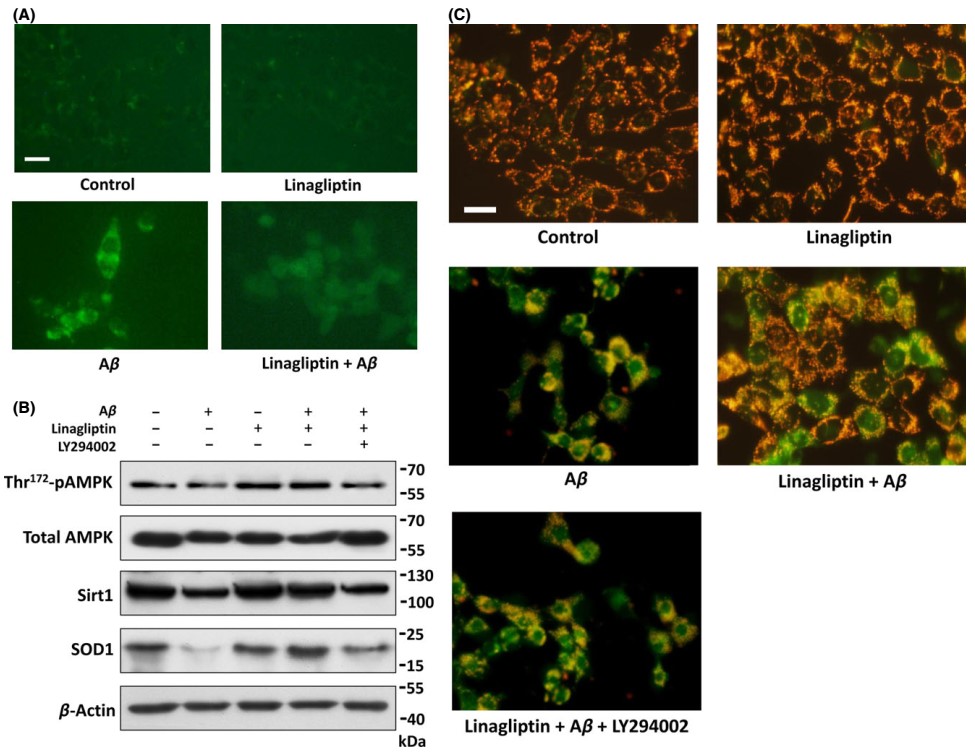 Figure 6 Linagliptin reduces Aβ-induced intracellular ROS accumulation and improves mitochondria dysfunction.
Figure 6 Linagliptin reduces Aβ-induced intracellular ROS accumulation and improves mitochondria dysfunction.
Quotation and ordering
Contact us if you have any questions. Our customer service representatives are available 24hr a day.
References
- Mizuno T. The biphasic role of microglia in Alzheimer's disease. International Journal of Alzheimer's Disease. 2012, 2012: 1-09.
- Liang Z, Li QX. Discovery of selective, substrate-competitive, and passive membrane permeable glycogen synthase kinase-3β inhibitors: synthesis, biological evaluation, and molecular modeling of new C-glycosylflavones. ACS Chem Neurosci. 2018, 9(5): 1166-1183.
- Chen S.; et al. Neuroprotective effects of salidroside through PI3K/Akt pathway activation in Alzheimer’s disease models. Drug Design, Development and Therapy. 2016(10): 1335-1343.
- Nieweg K.; et al. Alzheimer's disease-related amyloid-β induces synaptotoxicity in human iPS cell-derived neurons. Cell Death Dis. 2015, 6(4): e1709.
- Kornelius E.; et al. DPP-4 inhibitor linagliptin attenuates Aβ-induced cytotoxicity through activation of AMPK in neuronal cells. CNS Neurosci Ther. 2015, 21(7): 549-557.
For research use only. Not for any other purpose.
Disease Models
- Oncology Models
-
Inflammation & Autoimmune Disease Models
- Rheumatoid Arthritis Models
- Glomerulonephritis Models
- Multiple Sclerosis (MS) Models
- Ocular Inflammation Models
- Sjögren's Syndrome Model
- LPS-induced Acute Lung Injury Model
- Peritonitis Models
- Passive Cutaneous Anaphylaxis Model
- Delayed-Type Hypersensitivity (DTH) Models
- Inflammatory Bowel Disease Models
- Systemic Lupus Erythematosus Animal Models
- Oral Mucositis Model
- Asthma Model
- Sepsis Model
- Psoriasis Model
- Atopic Dermatitis (AD) Model
- Scleroderma Model
- Gouty Arthritis Model
- Carrageenan-Induced Air Pouch Synovitis Model
- Carrageenan-Induced Paw Edema Model
- Experimental Autoimmune Myasthenia Gravis (EAMG) Model
- Graft-versus-host Disease (GvHD) Models
-
Cardiovascular Disease Models
- Surgical Models
- Animal Models of Hypertension
- Venous Thrombosis Model
- Atherosclerosis model
- Cardiac Arrhythmia Model
- Hyperlipoidemia Model
- Doxorubicin-induced Heart Failure Model
- Isoproterenol-induced Heart Failure Model
- Arterial Thrombosis Model
- Pulmonary Arterial Hypertension (PAH) Models
- Heart Failure with Preserved Ejection Fraction (HFpEF) Model
-
Neurological Disease Models
- Alzheimer's Disease Modeling and Assays
- Seizure Models
- Parkinson's Disease Models
- Ischemic Stroke Models
- Acute Spinal Cord Injury (ASCI) Model
- Traumatic Brain Injury (TBI) Model
- Hypoxic-Ischemic Encephalopathy (HIE) Model
- Tourette Syndrome (TS) Model
- Amyotrophic Lateral Sclerosis (ALS) Model
- Huntington's Disease (HD) Model
- Intracerebral hemorrhage (ICH) Models
- Schizophrenia Model
- Pain Models
-
Metabolic Disease Models
- Type 1 Diabetes Mellitus Model
- Type 2 Diabetes Mellitus Model
- Animal Model of Hyperuricemia
-
Nonalcoholic Fatty Liver Disease Model
- High-Fat Diet-Induced Nonalcoholic Fatty Liver Disease (NAFLD) Model
- Methionine and Choline Deficient (MCD) Diet-Induced Nonalcoholic Fatty Liver Disease (NAFLD) Model
- Gubra-Amylin NASH (GAN) Diet-Induced Nonalcoholic Fatty Liver Disease (NAFLD) Model
- Streptozotocin (STZ) Induced Nonalcoholic Fatty Liver Disease (NAFLD) Model
- High Fat Diet-Induced Obesity Model
- Diabetic Foot Ulcer (DFU) Model
- Liver Disease Models
- Rare Disease Models
- Respiratory Disease Models
- Digestive Disease Models
-
Urology Disease Models
- Cisplatin-induced Nephrotoxicity Model
- Unilateral Ureteral Obstruction Model
- 5/6 Nephrectomy Model
- Renal Ischemia-Reperfusion Injury (RIRI) Model
- Diabetic Nephropathy (DN) Models
- Passive Heymann Nephritis (PHN) Model
- Adenine-Induced Chronic Kidney Disease (CKD) Model
- Kidney Stone Model
- Doxorubicin-Induced Nephropathy Model
- Orthotopic Kidney Transplantation Model
- Orthopedic Disease Models
- Ocular Disease Models
- Skin Disease Models
- Infectious Disease Models
- Otology Disease Models